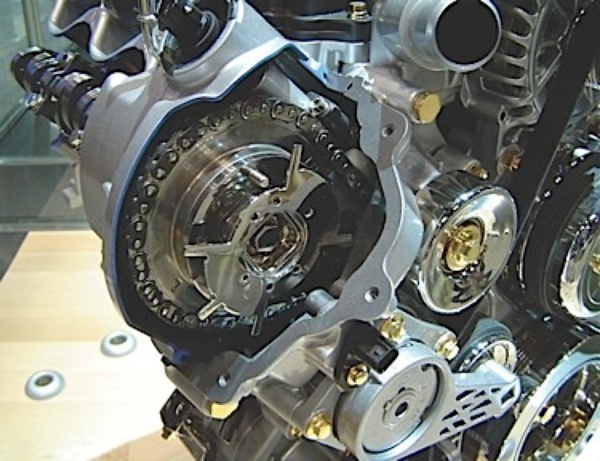Understanding Ring Gaps
Ring gaps are often a confusing and misunderstood part of a re-ring job. There are minimum and maximum ring gap specifications which must be observed for the best performance of a new ring set. Manufacturers rigidly adhere to these tolerances and ring gaps are inspected in gauges accurate to .0001”. Here are some tips.
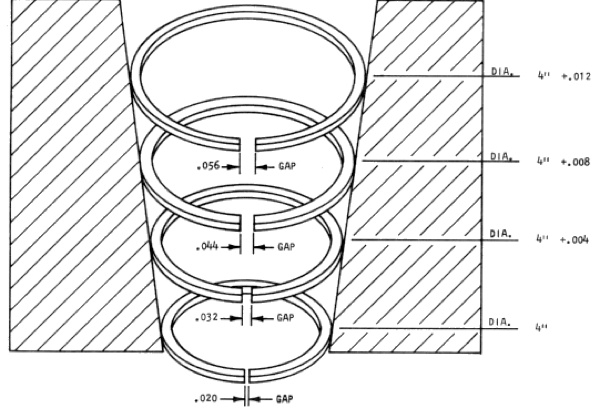
Tuning Forced Induction Engines
Tuning a forced induction engine on a dyno can be a daunting task. Trying to tune an engine that will make lots of boost and a ton of power can be even more challenging. These engines tend to make so much power when they come on to the boost that they often will rip right through the RPM ranges you are trying to tune. This can be very frustrating to a novice tuner. Here’s something that may help.
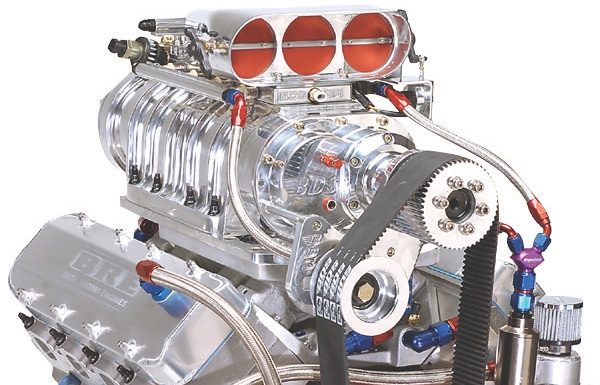
Important Facts to Share for Your Customer’s Next Diesel Oil Change
For your diesel power plant customers, there are a few things to consider for their next oil change to know if they’re giving the proper cleansing the engine needs. Negligent oil changes often lead to unwanted engine sludge and possibly engine failure.

The Challenges and Opportunities of Variable Valve Timing
Variable Valve Timing (VVT) has been incorporated into many late model import and domestic engines, including single overhead cam (SOHC), dual overhead cam (DOHC) and even pushrod V8s such as GM’s GEN IV 5.3L and 6.0L engines. It is a technology that offers performance, emissions and fuel economy advantages for everyday driving, but it also creates some challenges for engine builders.
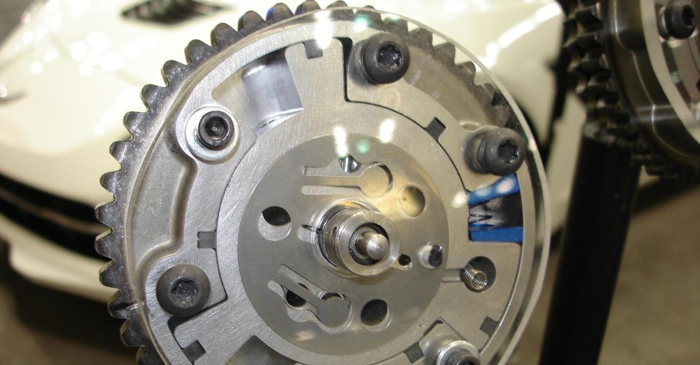
FE Dyno Pulls Show Benefits of Carburetors and EFI
We intended to dyno the engine two ways: first, we wanted to break the engine in and fine-tune it with a carburetor. Then, we would convert the engine over to fuel injection and compare power differences. This would be a great opportunity for a real-world comparison.

New Engines Force New Pistons
As engines get smaller, motorists expect the same performance as a larger V6 or V8 but with the fuel economy of a four cylinder. Turbocharging makes little engines breathe big, but it also increases the load and temperature the pistons have to endure. This, in turn, requires pistons made of alloys that can withstand higher temperatures and combustion pressures. Yesterday’s castings won’t cut it for these kinds of applications.
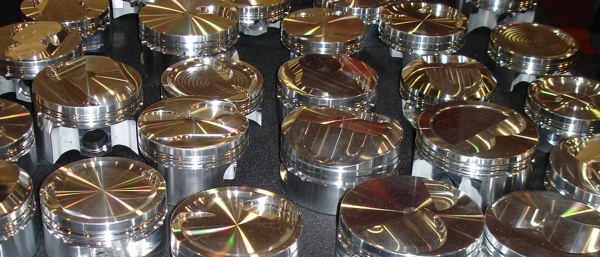
Old Fire Trucks Need Engine Work Too
Preserving a fire truck may involve rebuilding its engine. Some older trucks need engine work because the power plants spent hours running large pumps and equipment, rather than racking up road miles. This could mean added business for creative engine builders, but it might also cause the rebuilder to ask questions. Find the answers here.
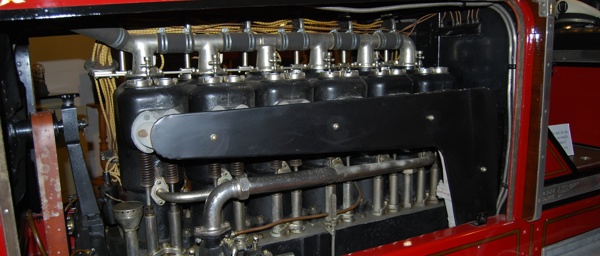
Knowledge is Power
What does a guy or gal do when the next unfamiliar job walks in the front door? Where does one go for technical information about the really old or the recently designed engine job you’ve just been presented with? Read on to find out.
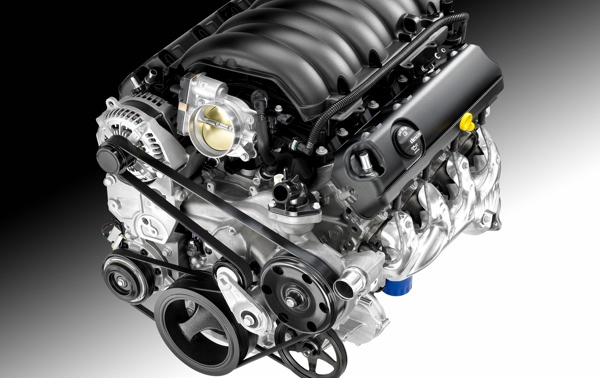
Honda 3.5L Cylinder Head Removal/Install Procedures
If your installer customers complain about knocking or ticking from either cylinder head on a Honda 3.5L here are the some easy to follow steps to remove and install the cylinder heads.
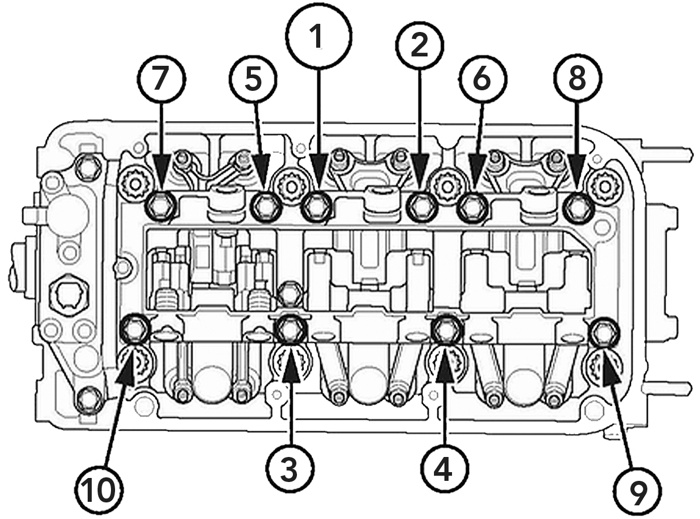
Understanding the LT1’s New Direct Injection
The LT1 now features direct injection, AFM (Active Fuel Management), continuous variable valve timing, and a new combustion system that incorporates 11.5:1 compression ratio. The LT1 combustion system is the most intensely analyzed, developed and optimized system in GM history.
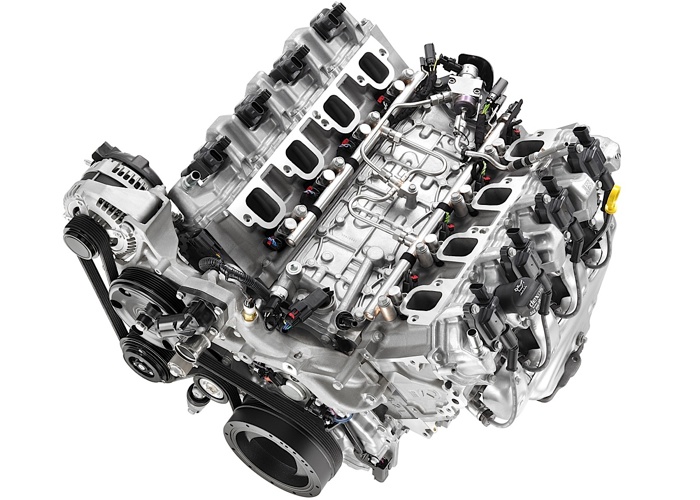
Rebuilding Tips on the ISX
Each newer version of the Cummins ISX 15 engine gets more fuel-efficient as the technology keeps advancing. Cummins has stated that the newest ISX 15 delivers more horsepower than older ISX engine models, ranging from 400-600 hp with 2050 lb.-ft. of peak torque. So what do diesel engine builders need to remember when working on the ISX?
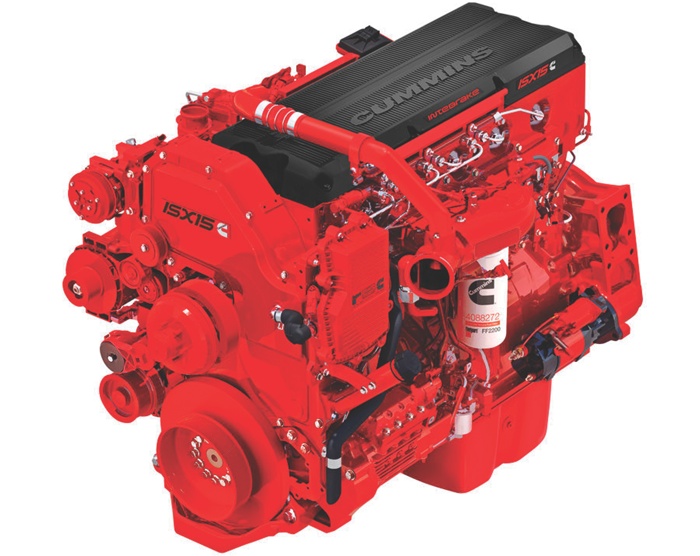
Ford 4.6/5.4L 3V Start-Up Noise
Some Ford vehicles equipped with a 4.6L 3-valve or 5.4L 3-valve engine may exhibit a ticking and/or knocking noise after reaching normal operating temperature, or a rattle upon starting. The noise may be described as ticks, taps, knocks, or thumps. In some cases the noise may be a normal characteristic of these engines. In other cases the noise may require further investigation.
